<><><><>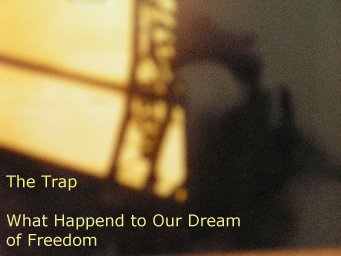
BBC’s Adam Curtis presents an intellectual history of the right since WWII in a series of three parts. The left is largely silent in this period with intellectual leaders Hofstadter and John Kenneth Galbraith dying to be replaced by no one. During this time, the right has so dominated the field of ideas that even Labour’s Tony Blair and the Democrat’s Bill Clinton were largely co opted as they abandoned long standing left ideals, undermining economic theory, important government regulation, and social safety nets. Curtis notes the dangerous concentration of wealth and power by a new elite and the general decline in welfare for the masses in the West. Curtis also shows how players learn to “game” or beat any attempt at objective metricization such as mental health diagnosis, Vietnam body counts, modern corporate accounting, British National Health care. Featured “thinkers” are;
John Nash game theory, paranoia and the cold war, Rand Corp. prisoner’s dilemma
Friedrich von Hayek Austrian school, fear of institutions East or West
R.D. Laing, Rosenhan Thud experiment discrediting psychology leading to metricization of diagnostics and medication of deviance
James M. Buchanan fear of danger of zealots and need for self interest motivation
Alain Enthoven Rand Corp. metricize management influenced McNamara, Thatcher
Thomas Schelling Game theorist nuclear deterrent models
Isaiah Berlin. Russian Jew Defined negative liberty as the absence of constraints on, or interference possible action. Greater “negative freedom” meant fewer restrictions on possible action. Associated positive liberty with the idea of self-mastery, or the capacity to determine oneself, to be in control of one’s destiny. influenced Tony Blair
Alan Greenspan, Robert Rubin dismantle social safety nets for short term economic gains influenced Clinton
Episode Two: You can only trust the numbers.
Episode Three: We will force you to be free.
Related links
Cry Freedom (Guardian)
In the cold war paranoia made sense, but a bold new documentary argues that the west has become trapped in a false idea of what it means to be human. By Oliver Burkeman
R.D Laing, Knots
I found this documentary at bicyclemark
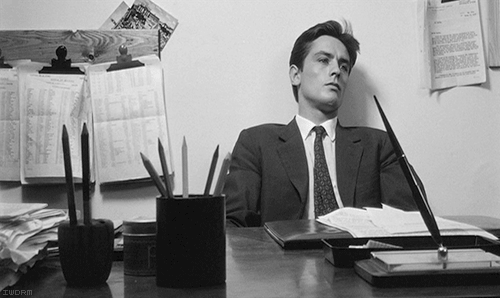



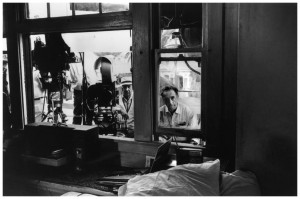


 Jake Clennell
Jake Clennell


 ~~~~~~~~(
~~~~~~~~( Blake
Blake  Animation
Animation  and Theresa
and Theresa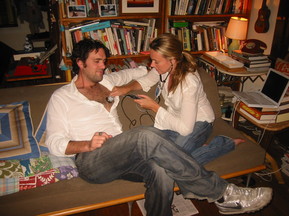
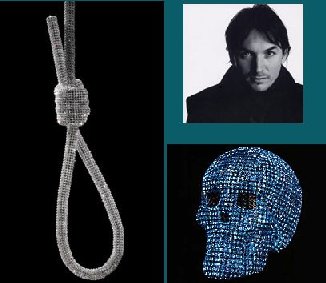
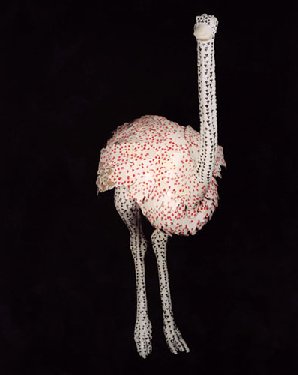 (
(

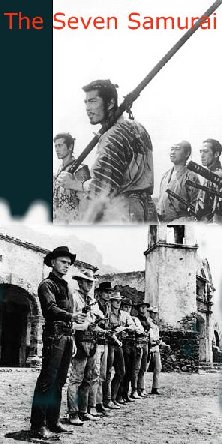 Hollywood remake with Yul Brynner.
Hollywood remake with Yul Brynner. looking for prey
looking for prey